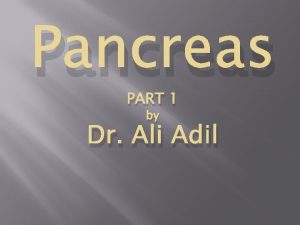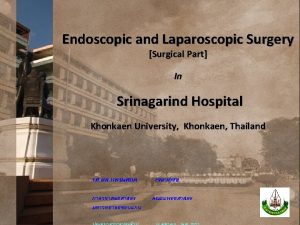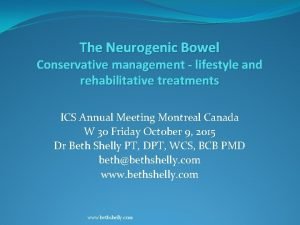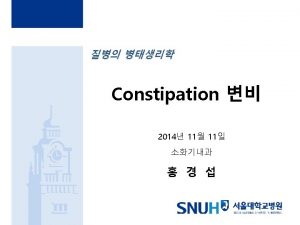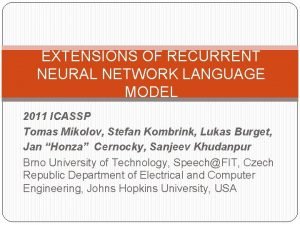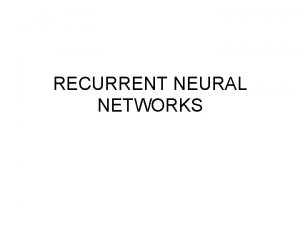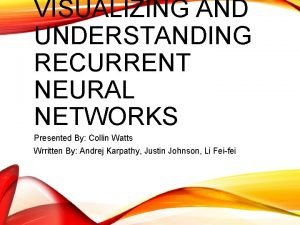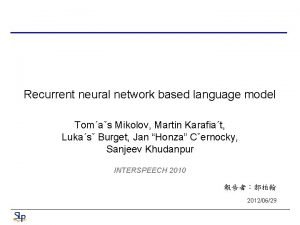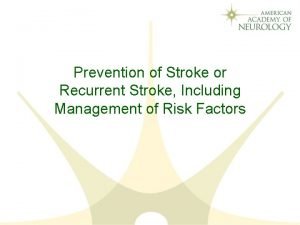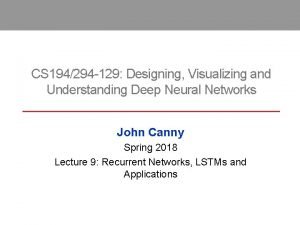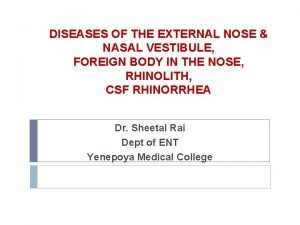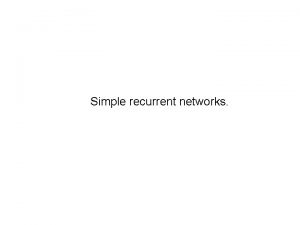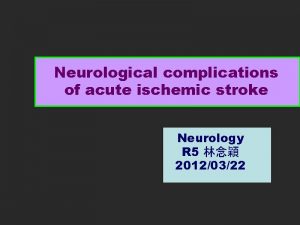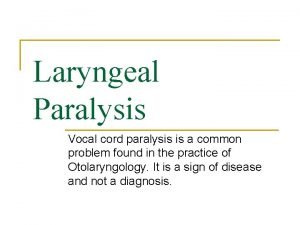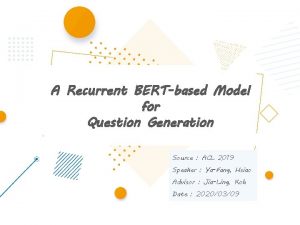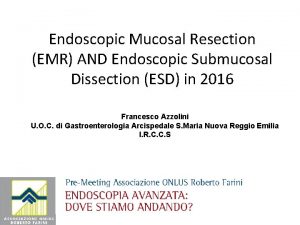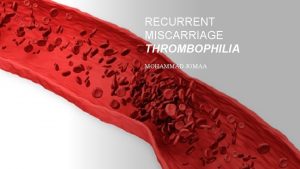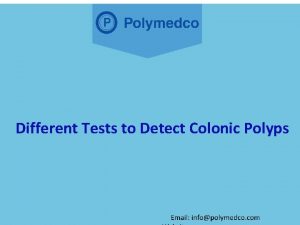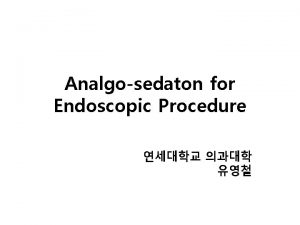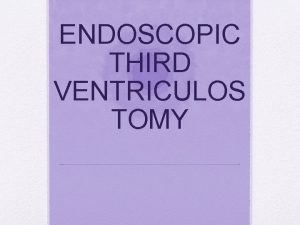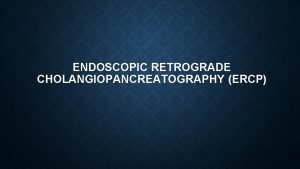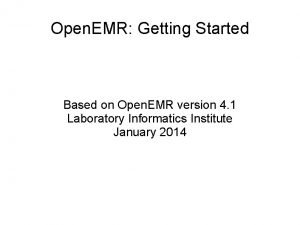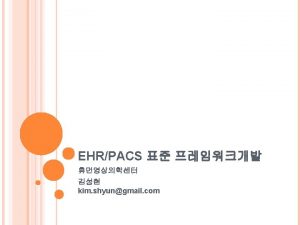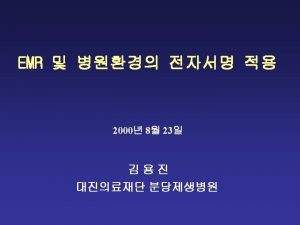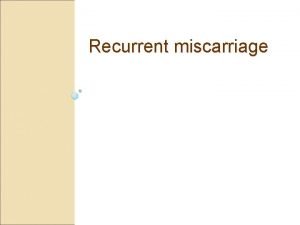Reduction of recurrent rate after colonic EMR Endoscopic



















- Slides: 19

Reduction of recurrent rate after colonic EMR 김 지원

Endoscopic treatment method for colon polyp • Conventional snare polypectomy • Endoscopic mucosal resection (EMR) • EMR with pre-cutting (EMR-P), EMR with a cap (EMR-C), EMR with ligation (EMR-L) • Piecemeal endoscopic mucosal resection (EPMR) • Endoscopic submucosal dissection (ESD)

Risk Factors for Incomplete Resection - CARE study • 418 polyps (5 -20 mm) resected by 11 endoscopists • Incomplete resectionrate: 10. 1% • Risk factors - Size - Morphology - Histology - Resection 10 – 14 mm 15 – 20 mm flat SSA piecemeal 13. 4% (RR 2. 3) 23. 3% (RR 4. 0 12. 4% (RR 1. 8) 31. 0% (RR 4. 3) 20. 4% (RR 2. 4)

en bloc resection : EPMR vs. ESD

en bloc resection : EPMR vs. ESD

Subtypes of LST lesions

Subtypes of LST lesions

Local Recurrence Rate Piemeal: 23. 5% En-bloc: 0. 7%

Risk factor of Local Recurrence Ø Piecemeal technique - lateral margin - vertical margin Ø Polyp size - large polyp size > 20 mm (>40 mm : 8 -fold increase) Ø Proximity of fold Ø Intra-procedure bleeding

Additional treatment of reduce local recurrence - Argon Plasma Coagulation -

Additional treatment of reduce local recurrence - Snare tip ablation -

Additional treatment of reduce local recurrence - Snare tip ablation -

Additional treatment of reduce local recurrence - Snare tip avulsion- Use endocut or soft coagulation current

Additional treatment of reduce local recurrence - Snare tip avulsion-

Underwater EMR • Luminal air is suctioned, and water is instilled to fill the GI lumen and immerse the target lesion. • It is postulated to “float” the mucosa and submucosa away from the deeper muscularis propria layer and allows EMR without requiring submucosal injection

Underwater EMR • Luminal air is suctioned, and water is instilled to fill the GI lumen and immerse the target lesion. • It is postulated to “float” the mucosa and submucosa away from the deeper muscularis propria layer and allows EMR without requiring submucosal injection

Underwater EMR • Theoretical advantage - Eliminating any risk of tracking neoplastic cells into deeper layer of the GI tract wall by the injection needle - Making capture of flat lesions easier • Effective in managing recurrences after previous EMR, as well as patients with previous partial resections and biopsies of lesions

Underwater EMR vs. Conventional EMR

Endoscopic treatment method for colon polyp • En-bloc resection is appropriate for lesions up to 20 mm • EPMR: LST-G, proximal colon, < 40 mm, low grade dysplasia • Additional treatment to reduce recurrenc : APC, Snare tip ablation, Avulsion • Make a plan and be prepared according to the situation !!!
 Endoscopic retrograde cholangiopancreatography
Endoscopic retrograde cholangiopancreatography Colonic polyp
Colonic polyp Massage for constipation
Massage for constipation Slow colonic transit
Slow colonic transit After me after me after me
After me after me after me John 14 1
John 14 1 Extensions of recurrent neural network language model
Extensions of recurrent neural network language model Khepara
Khepara Visualizing and understanding recurrent networks
Visualizing and understanding recurrent networks Recurrent neural network based language model
Recurrent neural network based language model Recurrent stroke causes
Recurrent stroke causes Part 135 recurrent training
Part 135 recurrent training Coco
Coco Disease of external nose
Disease of external nose Wrist anastomosis
Wrist anastomosis Simple recurrent network
Simple recurrent network Hair design elements
Hair design elements Recurrent stroke causes
Recurrent stroke causes Laryngeal nerve damage treatment
Laryngeal nerve damage treatment A recurrent bert-based model for question generation
A recurrent bert-based model for question generation
